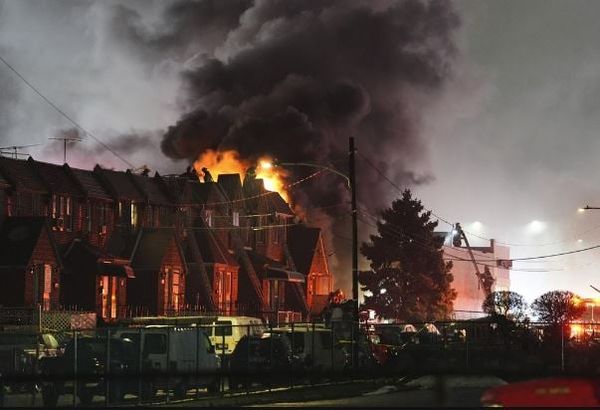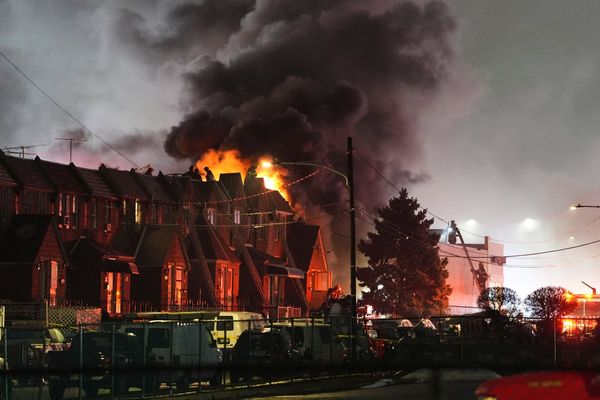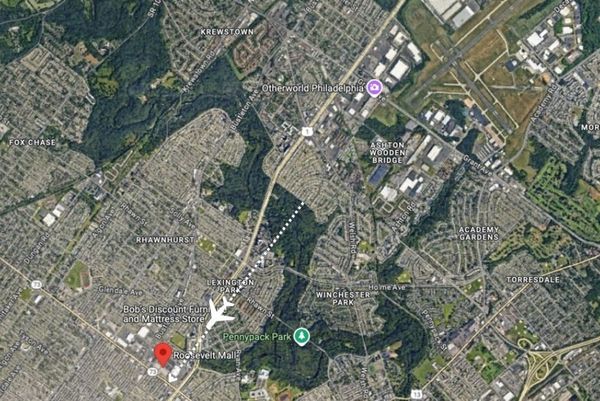
There seems no doubt that the Reserve Bank of Australia will raise its cash rate again at Tuesday’s monthly board meeting as it battles ballooning inflation – it’s just a question of by how much.
Last month the RBA raised the cash rate from a record low 0.1 per cent to 0.35 per cent – the first increase in more than a decade – and warned further hikes can be expected in coming months to curb high and rising price pressures.
Economists expect an increase this month of a least another 25 basis points, or perhaps even 40 or 50 basis points this time around.
AMP chief economist Shane Oliver believes a larger increase cannot be ruled out after the central bank said it had considered a 40 basis-point increase at the last board meeting.
Instead it opted for a “business as usual” 25 basis-point increase.
But Dr Oliver argues that since the May meeting, inflation pressures have mounted, with petrol and power prices, and rents increasing.
“RBA concerns about rising inflation psychology are likely to have increased, arguing for a step up in the pace of tightening in June in order to get on top of inflation,” he said.
Potential rising wage growth as the unemployment rate tumbles to its lowest level in nearly 50 years has been a key focus of the central bank for some time.
However, BetaShares chief economist David Bassanese says while the RBA has long talked about anecdotes of stronger wage growth, the evidence in a range of available official data remains patchy.
“To my mind, wage data to date does not provide the RBA the ‘smoking gun’ needed to justify a 40 basis points rate hike,” he said.
“The RBA should and likely will only raise rates by 25 basis points … to avoid the risk of needlessly jarring business and consumer sentiment.”
After a tirade of major official data in recent weeks, the pace slows in the coming week with a batch of second-tier reports.
The week kicks off with ANZ on Monday releasing its job advertisement series – a guide to employment demand – for May, while the Australian Bureau of Statistics will on Thursday issue its payroll jobs report for the fortnight ending May 14.
The full labour report for May will be released next week.
Meanwhile, Australian shares look set for a weak start to the week after Wall Street stocks were hit by a renewed sell-off after the monthly US jobs report proved stronger than expectations.
US employers added 390,000 jobs in May, better than expectations of a 322,500 increase.
While this is good news for a country that is worried about a recession, many investors saw it keeping the US Federal Reserve on its path of hiking interest rates aggressively.
The S&P 500 index fell 68.28 points, or 1.6 per cent, to 4108.54. The Dow Jones Industrial Average fell 348.58 points, or one per cent, to 32,899.70, while the Nasdaq composite index fell 304.16 points, or 2.5 per cent, to 12,012.73.
Australian share futures fell 32 points, or 0.4 per cent, to 7210 in sympathy.
The Australian benchmark S&P/ASX200 index had closed on Friday up 62.9 points to 7238.8, a gain of 0.88 per cent.







